As we progress rapidly into the middle of the second decade of the 21st century, questions continue to be raised about how education addresses the ever ..
Get Started for FREE
Sign up with Facebook Sign up with X
I don't have a Facebook or a X account
 Your new post is loading... Your new post is loading...
 Your new post is loading... Your new post is loading...

Rosemary Tyrrell, Ed.D.'s curator insight,
September 4, 2014 4:33 PM
Important things to think about whether designing an online or a face-to-face course.

Rosemary Tyrrell, Ed.D.'s curator insight,
June 29, 2014 2:48 PM
15 great tips for engaging student attention. Well worth a read. 
KCenter SKEMA's curator insight,
July 15, 2014 11:25 AM
Grande question pour les enseignants surtout maintenant avec les "distractions" qui se multiplient

Nicoletta Trentinaglia's curator insight,
January 28, 2014 6:48 AM
it seems that students in flipped classroom approach demonstrate better performance compared to traditional classroom |

María Dolores Díaz Noguera's curator insight,
February 17, 2014 6:44 AM
Techiniques to Help Take an Online Class.... 
Rosemary Tyrrell, Ed.D.'s curator insight,
February 17, 2014 1:06 PM
A number of good tips that are useful for any online course.

Nicoletta Trentinaglia's curator insight,
January 28, 2014 6:46 AM
interesting suggestion on possible learning activities based on FC approach 
Miguel Angel Perez Alvarez's curator insight,
April 8, 2014 11:34 AM
Una metodología que facilita métodos activos del aprendizaje.

Alfredo Corell's curator insight,
April 8, 2014 3:09 PM
The author believes that flipped instruction tools and techniques are the right set of tools in the right package for many educators and classrooms, and more importantly for our students. KELLY WALSH |





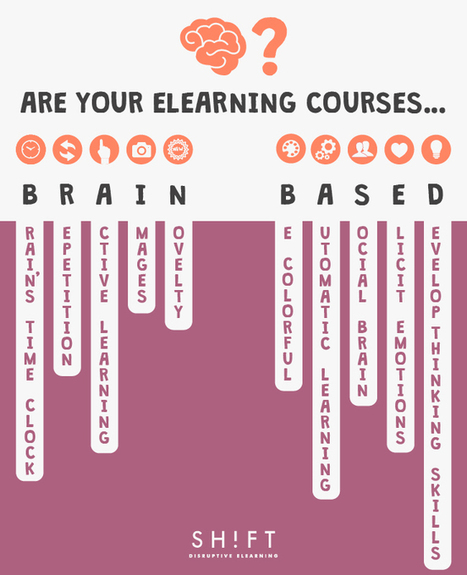


![Four Ways Technology Is Changing How People Learn [Infographic] | Eclectic Technology | Scoop.it](https://img.scoop.it/JCJ_XneGzBoYSXq6Ecco2Tl72eJkfbmt4t8yenImKBVvK0kTmF0xjctABnaLJIm9)
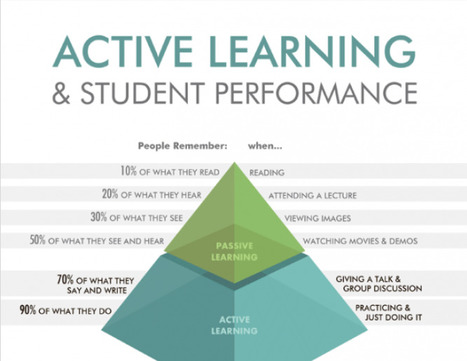
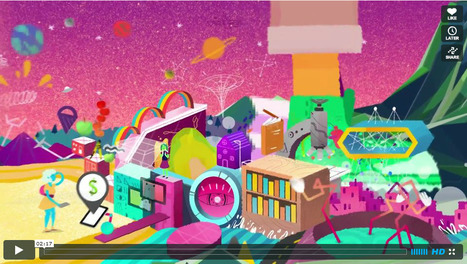

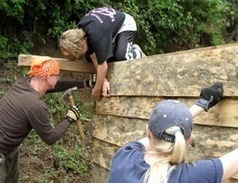

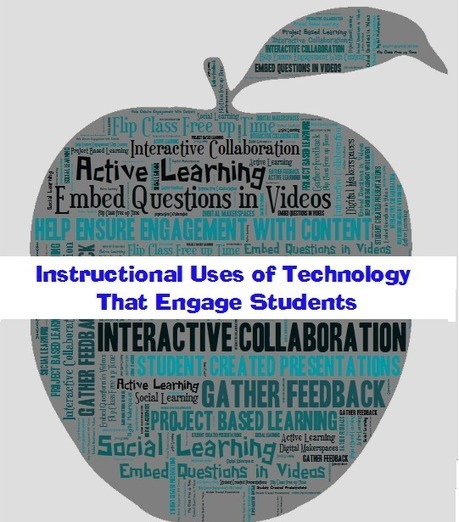

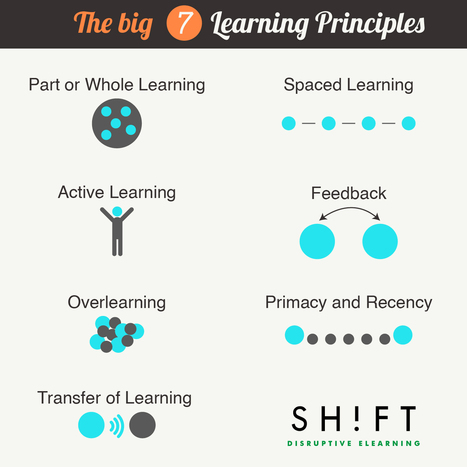
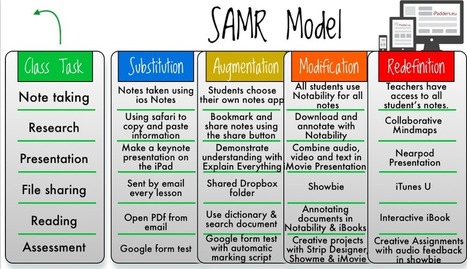
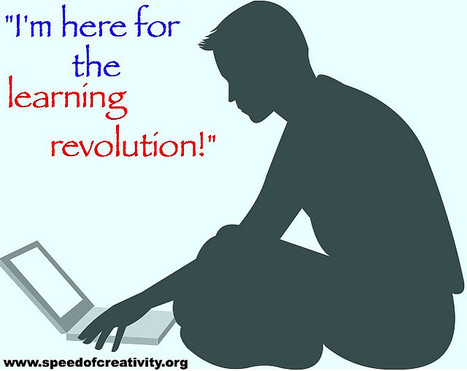

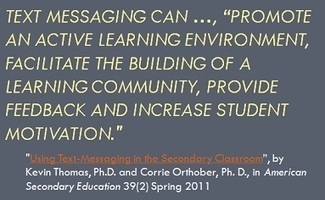







Infografía sobre el aprendizaje invertido: ¿Qué apoyo se necesita? ¿Qué se hace dentro y qué se hace fuera del aula?
Un de plus sur la classe inversée.